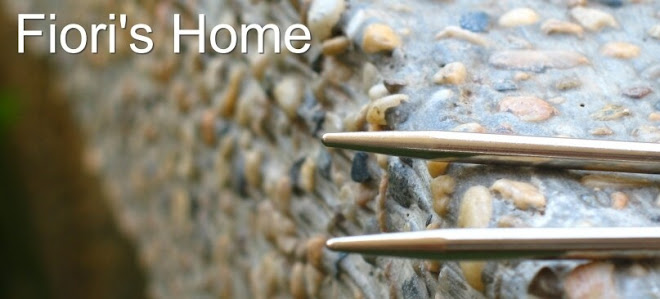Picking the Perfect Pin
Straight pins are a simple tool that we use every time we sew. Many of us take this tool for granted and may not be aware that different types of pins are designed for different fabrics and uses. For me, because I enjoy a wide variety of sewing projects, I have several types and lengths on hand for each of my special projects.
Pin Construction
Pins are made from brass, steel or stainless steel.
Brass pins are usually nickel-plated. Be careful with brass pins because the nickel-plating may leave a black mark that is not easy to remove on the fabric. The advantage of brass pins is they have a very sharp point and typically will not rust.
Steel pins are the least expensive to purchase, but the steel may rust. The advantage of a steel pin is that steel is stronger than brass -- an advantage when working with heavy wools or drapery fabric. Plus, I like working with steel pins because of my magnetic pin holder. (Remember: If you have a magnetic pin holder, don't place it near an electronic device or embroidery machine because it may damage the computer chips.) Sometimes steel pins will be nickel-plated, which helps to prevent rusting.
Stainless steel pins do not rust and are the strongest pins available. Their only disadvantage is they are the most expensive.
Pin Heads
Pin heads can be flat, may have a ball at the end or be T-shaped.
A flat head is the most common pin head because it is the least expensive to produce. This is a great standard pin for sewing lightweight fabric like cottons or broadcloths.
A ball head is one step up from the flat head. The advantage of a ball head is that it is easier to see. I prefer a ball head for all of my sewing, but especially for heavier fabrics like denim or bulky fabrics like sweatshirts or polar fleece. I find the head is easier to grab hold of for inserting and pulling out of the fabric.
A ball head may be made from either plastic or glass. Glass heads are more expensive than plastic heads, but, if your budget allows it, purchase glass heads over plastic heads. A plastic head will melt from the heat of an iron whereas the glass heads will not melt.
A T-shaped head is used for crafts and draperies. Typically the pin is longer, and the larger head makes it easier to insert into and pull out of multiple layers of fabrics or heavy wools.
Pin Length and Diameter
The length of a pin is stated in sixteenths of an inch. Translated, this means that a no. 16 pin is one inch long (or 16/16) while a no. 17 pin is 1 1/16 inches long. In general, pins range in length from a no. 8 (8/16 or 1/2 long) to a no. 24 (1 1/4 inches long). As a general rule, use longer pins for bulky fabric or layered fabrics and shorter pins for delicate fabrics.
The most common pin is called a dressmaking pin or no. 17. This pin is considered to have a medium diameter, and it is used just like the name implies, for general garment sewing.
A pleating pin, or no. 16, has a smaller diameter than a dressmaking pin. It is designed to be used on fine or delicate fabric.
A long pin, or no. 24, is used for heavyweight fabric (thick wools with lots of bulk), draperies or crafts.
Pin Points
And yes, even the point on a pin is different depending on its usage. However, most pins are considered "sharps," meaning the pin has a pointed tip. A sharp is the standard pin point, but you can also purchase ballpoint-tipped pins for knits.
Final Pin Tips
Here are a few additional tidbits of information for your pin selection. Before pinning into your fabric, always test your pin on scrap fabric. Some fabrics, like vinyl, leather and oilcloth, will have permanent holes from the pin. When pinning these types of fabric, always pin into the seam allowance.
Pins are just like needles; they will become dull, bent or broken after usage. Throw your old pins out, as a dull pin can cause a run in your fabric.
And finally, don't sew or serge over your pins. A pin slightly distorts the seam allowance and may lead to seams that don't lay as flat or may be crooked. Serging over a pin will dull the blades of your serger; however, your pin will be neatly chopped in two pieces.
+resize1.jpg)
+resize.jpg)

0 comments:
Post a Comment